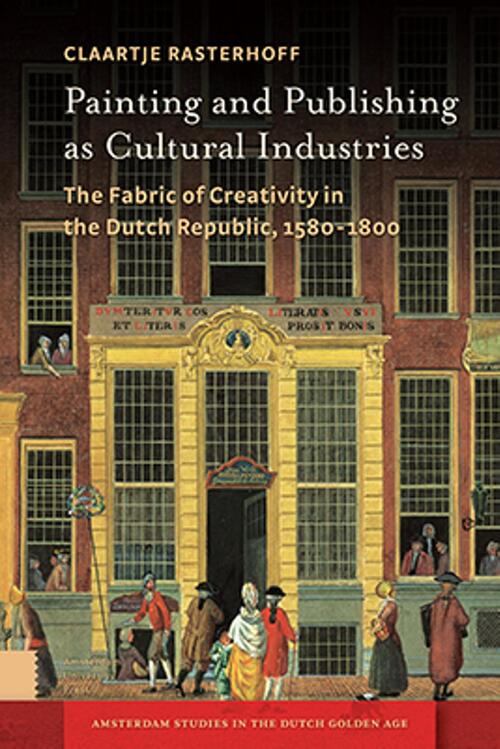Painting and Publishing as Cultural Industries, 1580-1800 addresses how a small country like the Dutch Republic could become a major player in the creation of cultural goods during the Golden Age. On the basis of quantitative and qualitative sources from art history and book history, Claartje Rasterhoff traces the evolution of the painting and publishing industries from modest trades to booming industries. Informed by studies on cultural industries, she focuses on the role of industrial organization in shaping patterns of growth and innovation. Much like their present-day counterparts, early modern Dutch cultural industries were spatially concentrated, highly networked, and institutionally embedded. This distinct organizational structure helped to reduce uncertainty in the market and stimulated the commercial and creative potential of painters and publishers, for a century at least. Dutch painters and publishers had catered to their markets so rapidly and in such variety, that the exceptional levels of output, quality, and innovation accomplished during the first half of the seventeenth century could not be sustained. As producers came to face saturated domestic markets, they took to limiting risks and strenghtening their distribution and marketing activities. By introducing the concepts of business cycles and spatial clusters, Rasterhoff offers a novel explanation

